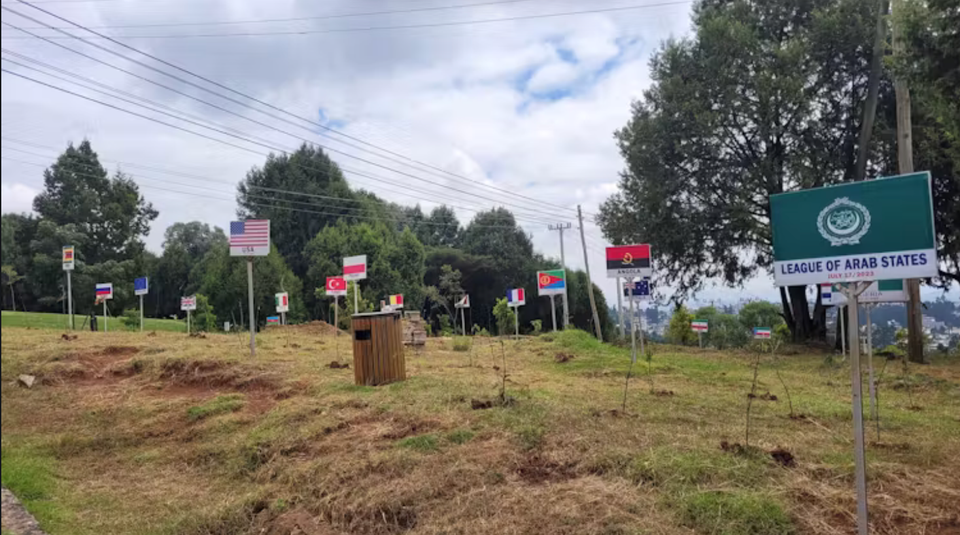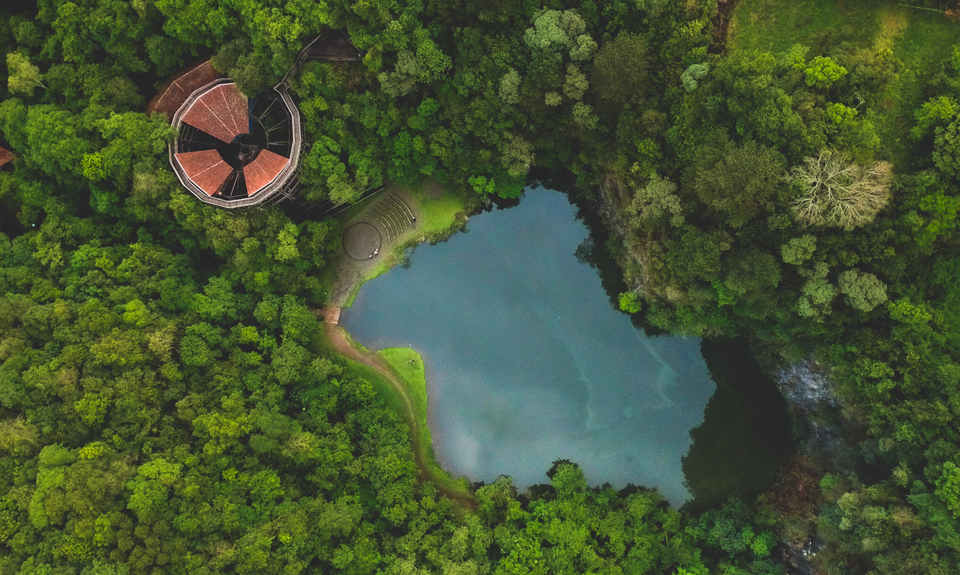Closing the Reforestation Gap in the Western United States🌲🇺🇸
Despite various reforestation initiatives, the scale of tree planting has not kept pace with the increasing need. Seed collection, nursery production, and tree planting must be scaled up to meet the demand for additional trees across the U.S.

🔥 A Critical Imperative for Our Forests
Reforestation is crucial in mitigating climate change and maintaining the health of ecosystems, especially in the Western United States, where wildfire activity and deforestation have dramatically altered landscapes. A study by Dobrowski et al. (2024) examines the current state of reforestation in the U.S., its impact on climate, and actionable strategies to enhance these efforts for a sustainable future. 🌍
🌱 The Growing Challenge of Reforestation
The Western United States has experienced severe deforestation due to logging, urbanization, and frequent wildfires. Despite various reforestation initiatives, the scale of tree planting has not kept pace with the increasing need. Seed collection, nursery production, and tree planting must be scaled up to meet the demand for additional trees across the U.S. However, the drive to increase tree output faces significant challenges. 🌳
Why it matters: The gap between reforestation efforts and actual needs underscores the urgency of addressing these challenges to ensure the future health of our forests.
🌿 Effectiveness of Reforestation Efforts
Reforestation serves as a powerful tool for sequestering carbon dioxide, thus playing a significant role in climate change mitigation. Forests act as carbon sinks, absorbing CO2 from the atmosphere. Strategic reforestation in the Western United States could sequester substantial amounts of carbon, aiding in the reduction of greenhouse gasses.
Key factors for success:
- Species Selection: Choosing tree species resilient to climate change and local conditions is essential. Native species adapted to the regional climate have shown higher survival rates and better growth.
- Water Availability: Ensuring adequate water supply, especially in drought-prone areas, is vital for the survival of saplings.
- Soil Health: Techniques such as adding organic matter and reducing soil erosion are necessary to restore soil health and support tree growth. 🌱
How do these factors influence the overall success of reforestation projects?
🚀 Scaling Up Reforestation: Strategies for Success
To close the reforestation gap, it is imperative to adopt comprehensive strategies that address the root causes of deforestation and enhance the success of reforestation projects. Developing detailed reforestation plans that consider local climate, soil conditions, and biodiversity goals is critical.
Why it’s important: Engaging local communities in these projects not only enhances success rates but also provides educational and economic benefits. 🌍
Biggest challenge: Revamping the supply chain is crucial, especially as climate change pushes more hardwoods into forests, which require different planning due to their tricky seeds. Many hardwood species have recalcitrant seeds, making storage difficult. Expanding reforestation efforts in the less-developed interior western U.S. will require using locally sourced seedlings (often hardwoods) and developing local services to support diverse forest management.
What strategies can be implemented to overcome these supply chain challenges?
🔓 Leveraging Open Source Data & Code
The open data cited in this study can be downloaded from Frontiers. Dobrowski et al. also cite several free online reforestation tools:
Explore these tools to enhance your reforestation efforts!




